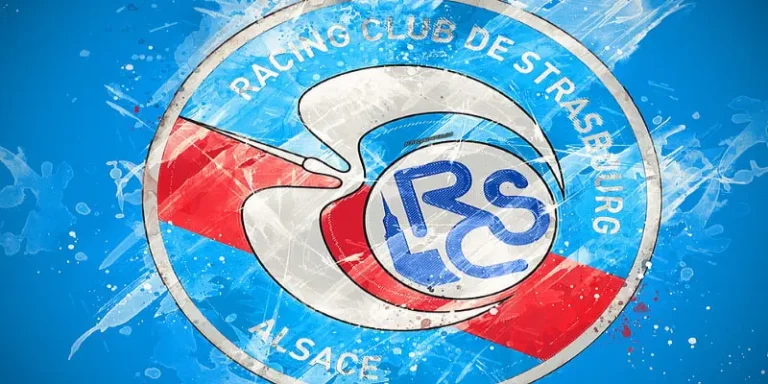
Diego Maradona: The Legend of Football
Diego Maradona, an immortal figure in the world of football, has left an indelible mark on the sport and the hearts of fans worldwide. His extraordinary talent, electrifying presence on the pitch, and complex personality have made him not just a player, but a legend whose story resonates deeply with millions. This exploration of Diego Maradona will uncover his early life, career highlights, impact on football, and the cultural significance he holds, particularly in his homeland of Argentina.
Early Life and Career of Diego Maradona
Understanding the journey of Diego Maradona requires delving into his formative years and how they shaped him into the football superstar we remember today. Born on October 30, 1960, in Lanús, Argentina, Maradona’s upbringing was far from luxurious. He grew up in a humble neighborhood known as Villa Fiorito, where the challenges of poverty were ever-present, but his prodigious talent emerged early on.
Humble Beginnings
Diego’s affinity for football took root when he was only three years old; he began playing with a ragged ball in the streets. His family, consisting of his parents and five siblings, would have dinner conversations imbued with the love and passion for the game. Football became not just an escape, but a form of hope.
As a child, Maradona’s skills were evident, leading him to join a local club called Argentinos Juniors at the age of eight. His ability to dribble past opponents and his exceptional ball control impressed coaches and players alike. By 1976, he made his debut for the club, becoming the youngest player to feature in a professional football match in Argentina at just 15 years old.
Rise to Prominence
Maradona’s breakthrough came quickly. His performances at Argentinos Juniors caught the attention of scouts, and he soon found himself being pursued by some of the biggest clubs in South America. In 1981, he signed with Boca Juniors, one of Argentina’s most storied football clubs. Here, his talent flourished, and his flair for dramatic plays quickly made him a fan favorite.
At Boca Juniors, he earned the love of supporters with thrilling performances that characterized the Argentine style of football—bold, skillful, and laden with a relentless spirit. The club won the league title in 1981 while Maradona became a national icon overnight.
International Debut
In 1977, at just 16 years old, Diego made his debut for the Argentine national team against Hungary. His entry into international football was met with considerable anticipation. Despite this early start, he would not fully hit his stride on the international stage until later, but this debut was a critical stepping stone.
Maradona’s time with the national team solidified his confidence and introduced him to the rigors of international competition. His next steps would ultimately lead him to the world stage, where he would cement his legacy in football, but those early experiences were essential in shaping the player he would become.
Diego Maradona’s Impact on World Football
The influence of Diego Maradona on global football is immeasurable, reaching far beyond the confines of the pitch. Maradona was not merely a player; he became a cultural phenomenon by redefining what it means to be a footballer and how the game could inspire.
Changing the Game
Maradona’s unique style of play, marked by his extraordinary dribbling, vision, and tactical intelligence, changed how football was perceived and played. In an era dominated by more conventional players, Maradona broke the mold.
He introduced a level of creativity that left spectators awe-struck. His ability to navigate through defenses, often appearing as if he were dancing with the ball, was revolutionary. The world witnessed not just a set of techniques and tactics, but an art form emerged.
A Global Ambassador for Football
As Maradona’s fame grew, so too did his role as a global ambassador for the sport. He transcended borders and became a larger-than-life figure in football, captivating audiences in every corner of the world. His charisma and larger-than-life personality drew millions to the game, turning casual viewers into lifelong fans.
Diego’s annual appearances in international competitions aided in showcasing the beauty of football. Major tournaments raised the profile of the sport globally, stemming from the attention that players like Maradona attracted. He personified the struggle and joy of the sport, making football accessible to those who perhaps saw it only as a distant dream.
New Generation of Players
Maradona’s impact is profound in that he inspired countless aspiring players around the world, particularly in Latin America. His success story greatly affected the way young people viewed their own potential. Football academies began to emerge and programs for youth developed, all inspired by the potential of young talents like Maradona himself.
Players such as Lionel Messi and Neymar cite Maradona as an inspiration in their own careers. This generation of footballers carries forward his essence, blending it with their own experiences and evolving the game continuously. It reminds us of the waves one player can send through the tides of history.
Iconic Moments in Diego Maradona’s Career
The career of Diego Maradona is replete with iconic moments that have etched themselves into the annals of football history. These instances do not just define a player; they shape the narrative of the sport and the emotions linked with it.
The Hand of God
One of the most famous and controversial moments in Diego Maradona’s career happened in the 1986 World Cup quarterfinal against England. The match saw Maradona score two unforgettable goals, one that would be condemned and celebrated: the “Hand of God.”
As Maradona reached for the ball, he used his left hand to steer it into the net. While it was illegal as per the game’s rules, the referees did not see the infraction, and the goal stood. In his post-match comments, Maradona famously referred to it as “a little with the head of Maradona and a little with the hand of God”—a line that has gone down in folklore.
The Goal of the Century
Moments after the infamous “Hand of God” goal, Maradona produced one of the most spectacular individual goals in football history, often referred to as the “Goal of the Century.” He received the ball in his half, dribbled past five England players, and scored with remarkable finesse.
This moment perfectly encapsulated Maradona’s capability—a blend of skill, speed, dribbling mastery, and an indomitable spirit. It showcased not only his football brilliance but also his innate capacity to captivate a global audience, rippling through the hearts of fans and inspiring countless people to love the game.
The Last Dance
As his career progressed into the 1990s, Maradona’s presence became synonymous with the drama of the sport. Despite controversies and challenges both on and off the field, he delivered unforgettable performances that solidified his status as a living legend.
In the 1994 World Cup, though plagued by personal issues, he provided one last spark of magic with a dazzling assist to Claudio Caniggia against Nigeria. This match, albeit overshadowed by his subsequent drug ban, remains a testament to his unwavering talent that transcend the pitfalls of his personal life.



